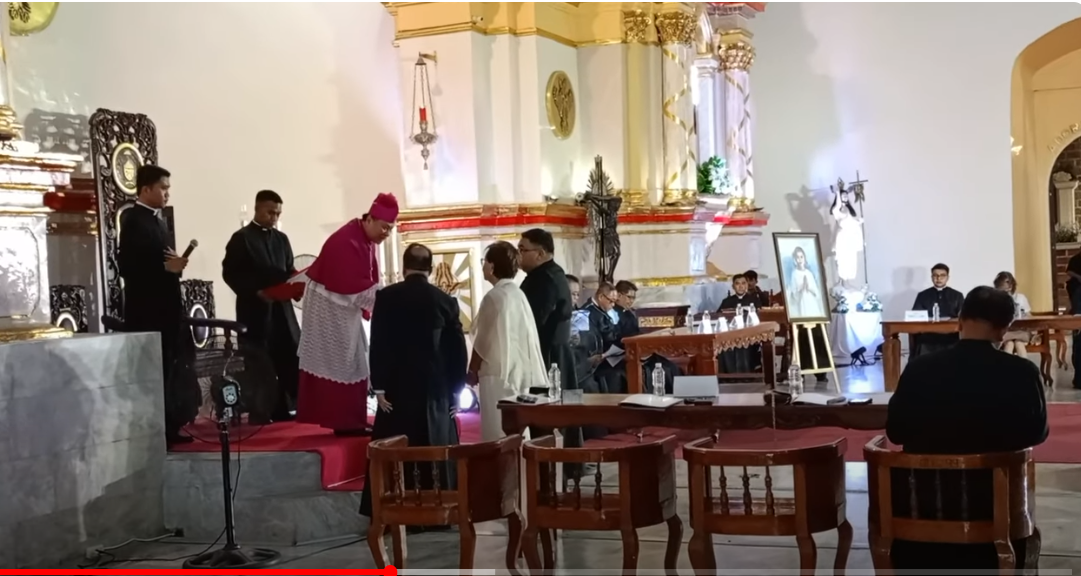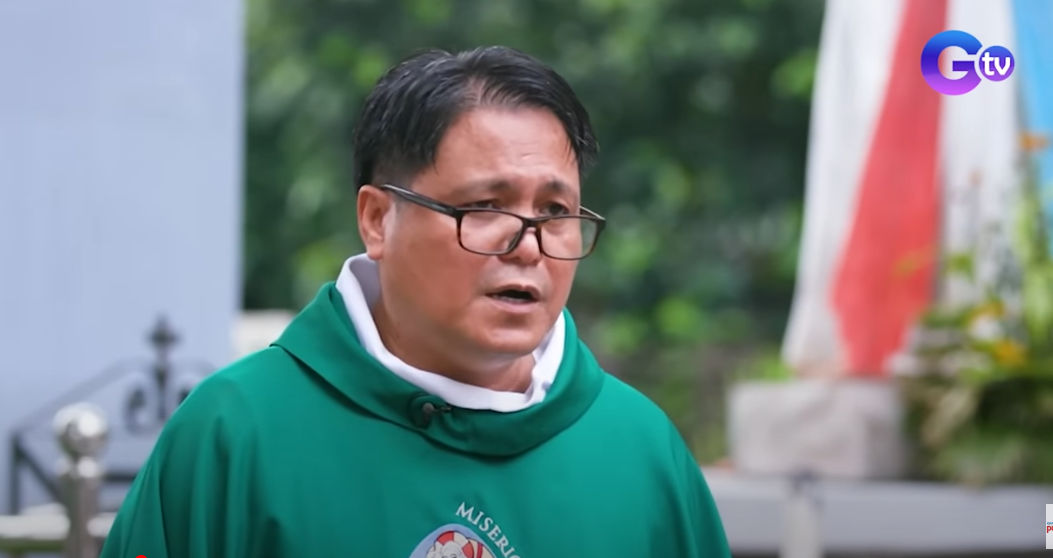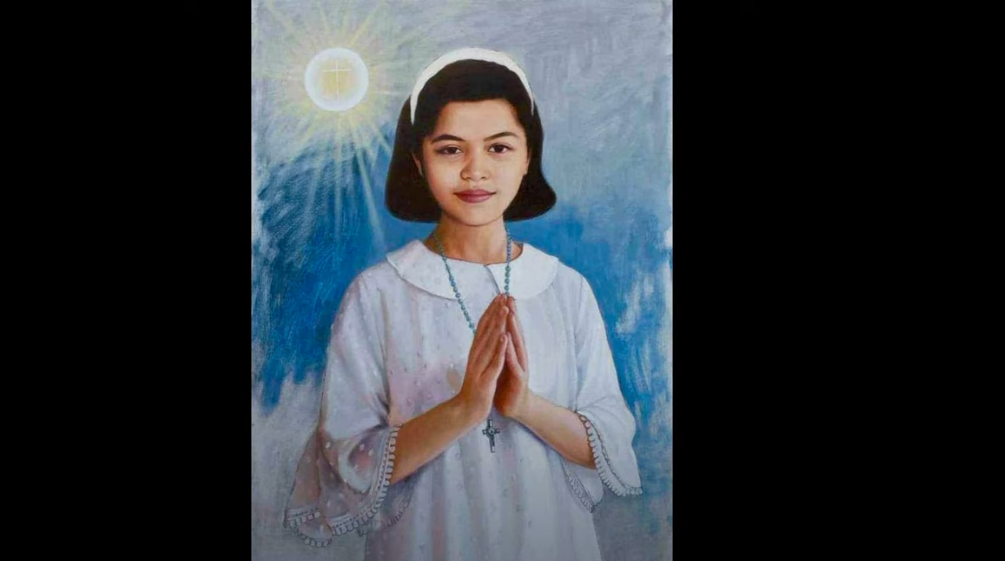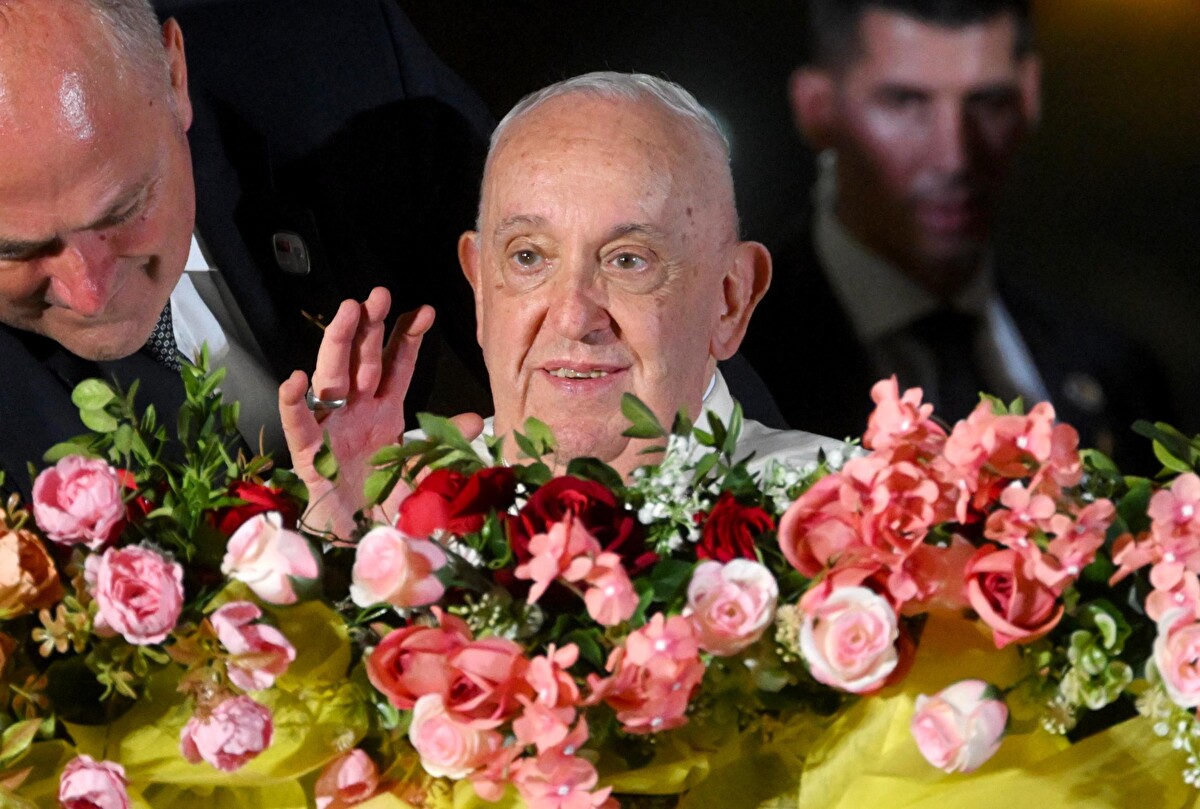“Many of the youth nowadays are preoccupied by technology, fashion, fun, pleasure and desire for worldly material things, which sometimes draw their attention away from healthy relationships, especially [relationships] to God. But having a good model of piety and fortitude for the youth, they can be saved from utter destruction. Knowing Niña’s character and traits and her strong faith toward God will serve as a guide to the youth,” Father Dennis Ruíz said.
With these words, Ruíz introduced the cause for canonization of 13-year old Filipina Niña Ruiz Abad, at the Cathedral of St. William the Hermit in Laoag City, Philippines on April 7.
The event marks the first step of a lengthy process of making Ruiz Abad one of the youngest saints in history. For some observers, including myself, this also demonstrates a curious case for canonization, as its purpose seems to be more to establish a role model for the troubled youth of today, than to glorify the mysteries and miracles that God enacts through human beings.

The canonization process is indeed lengthy, but it also follows strict requirements. It’s the final step in declaring a deceased person a saint. For the first stage, beatification, there must be verified and approved proof of a miracle. That in itself is a complicated and at times, insurmountable obstacle. To reach the stage of the present cause, a second miracle normally needs to be attributed to prayers made to the candidate after they have been beatified.
Bishop Renato Mayugba of Laoag City headed the tribunal to hear witnesses testify to the life and holiness of the Servant of God, who has been described as “an inspiration of piety, mercy, evangelization and fortitude to others.”
“We are starting our investigation on the life of Niña, to discern if indeed God has blessed us with a Servant of God who can be elevated to sainthood,” he stated.
Born in Quezon City on October 31, 1979, she died on August 16, 1993, of a heart attack. God did not spare her from her disease. A video reenactment of Ruiz Abad’s life was shown at the beginning of the session. The teen’s life was one of deep piety and love for God from a very early age. Anecdotes recounted that she was always engrossed in praying before the Blessed Sacrament, with her arms extended toward God, and fond of distributing prayer cards and religious images, especially of the Santo Niño (the Child Jesus in Filipino), to her teachers and schoolmates. When faced with the diagnosis of incurable heart disease, she calmly told her grief-stricken mother, “Don’t worry, Mommy; it’s okay — God will heal me!”; although apparently, this was not to be. She was known as “the girl with a rosary”.
During the ceremony that opened her cause, Father Dennis Ruíz emphasized the importance of her example for the youth of today, but there was no talk of miracles or other unexplained phenomena.
Instead, there was talk of social upheaval and despair. “With the presence of dysfunctional families and family disintegration in today’s society, children are usually the most affected, which consequently makes them turn for solace and consolation to their environment,” Ruiz declared.

Of course, these are harrowing times for young people for all the reasons that Father Ruiz mentions, and for many others: unprecedented peer pressure, the digital age, global wars, social injustice; all these lead to anxiety and depression. Indeed, suicide rates among young people have reached record proportions.
At the same time, the Roman Catholic Church, especially under the leadership of Pope Francis, has made an effort to turn outward and tackle problems that until the present might have been overlooked as being temporal rather than spiritual; concerns such as climate change, the destruction of the environment, social equity, and as we can see, the physical, spiritual and mental health of the troubled younger generations.
One of the ways the Church is modernizing is by streamlining the canonization process, and as we can surmise from the cause for Nina Ruiz Abad, by making a more strategic selection of candidates for sainthood.
Judging from the criteria being considered for the canonization of the 13-year-old who has no spiritual phenomena in her arsenal of virtues, it seems that nowadays, we are in greater need of role models than saints—more social than celestial intervention–to save our youth.












